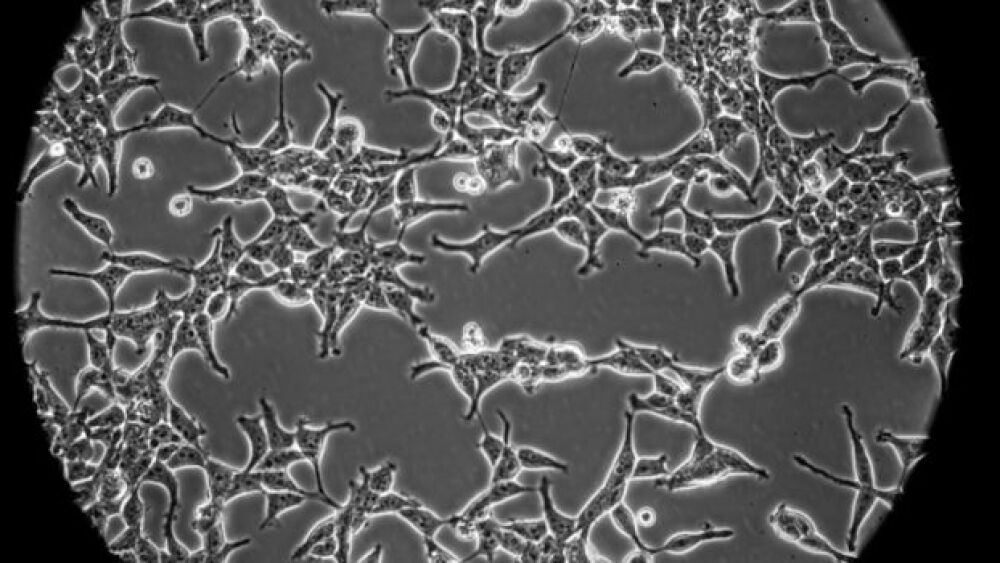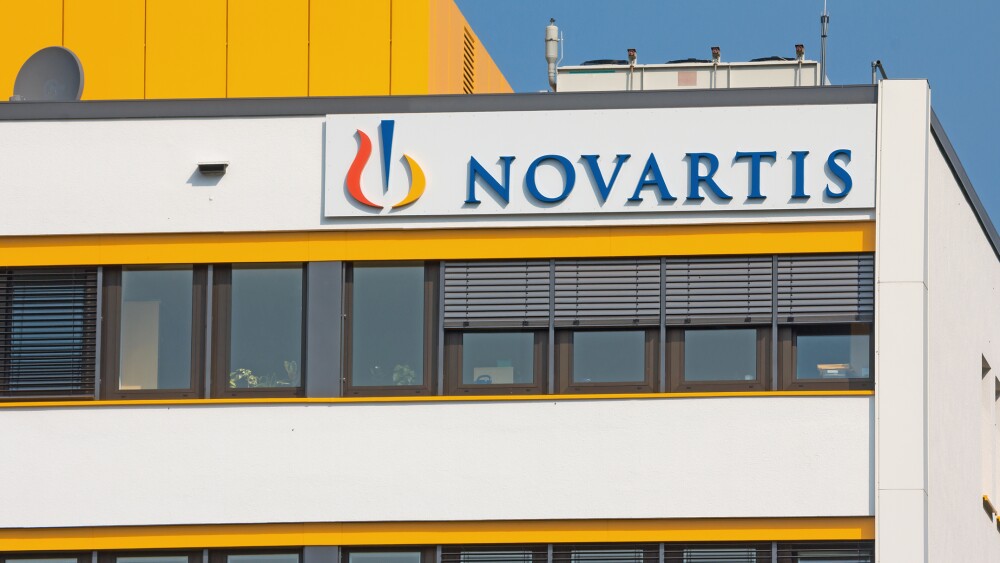Human Embryonic Kidney 293 (HEK 293) cells are one of the most frequently used cell lines for biotechnology and research studies. These cells are quite popular because of their distinct properties like fast-growing, robustness, and ease of maintenance and transfection.
Human Embryonic Kidney 293 (HEK 293) cells are one of the most frequently used cell lines for biotechnology and research studies. These cells are popular because they are fast-growing and robust.
Additionally, due to the efficiency of HEK 293 cells, they generate exogenous proteins used in biomedical and pharmaceutical research. HEK 293 cells are also particularly useful in various transfection experiments, such as adenoviral-based vectors.
HEK 293 Cells Origin and Background
Alex Van der Eb originally cultured the HEK 293 cell line in the 1970s. However, it was Frank Graham who transformed the cultured cell line by inventing a calcium phosphate method for cell transfection. The cells were sourced from a healthy aborted fetus.
To produce an immortalized cell line, Graham transfected DNA from adenovirus type 5 into human chromosome 19 of the HEK cells. The integration of Ad5 into the genome of the cells led to the prevention of apoptosis, thus leading to the continuous production of the cell line. It took Frank Graham 293 experiments before achieving success, thus the name HEK 293.
Initially, HEK 293 was thought to derive from the fetal kidney’s endothelial, epithelial or fibroblastic cell. But evidence recently showed that these cells may have originated from neuronal fetal kidney cells.
HEK 293 Cell Size, Genome, and Chromosome Number
The diameter of HEK 293 cells are normally around 11-15µm, depending on culture conditions. Those grown in monolayer culture will most likely emerge more flat with a larger diameter as compared to cells cultured in suspension.
HEK 293 cells are hypotriploid human cell lines. They carry 64 chromosomes, three X chromosome copies, and an incorporation of 4 kbp Ad5 to chromosome 19 of the HEK 293 genome indicating cytogenetic instability.
HEK 293 Cells Culturing Information and Requirements
HEK 293 cells are considered a low-maintenance and robust cell line. Their culturing requirement is generally uncomplicated. These cells double rapidly. Its doubling time is roughly about 34 to 36 hours.
Human Embryonic Kidney 293 cells can be both grown as adherent or suspension but usually, these cells are cultured as an adherent monolayer.
To keep HEK 293 cells alive, a high-glucose cell culture media is used. The media should be replaced in about 2-3 days. HEK 293 cells need a humidified incubator set at 37°C to grow. The incubator should also be supplemented with 5% CO2.
In storing HEK 293 cells, they must be in their liquid nitrogen vapor phase. Avoid storing the cells at -80°C as they will lose their viability in the long run. When freezing the cells, it must be done slowly. The freezing media must include a complete growth media. Remember to supplement the growth media with 5% cryoprotectant such as Dimethyl sulfoxide. Preferably, an isopropanol storage box must be used to make sure the HEK 293 cells freeze slowly at -1°C per minute before moving the cells into their liquid nitrogen vapor phase.
When thawing HEK 293 cells, it must be done quickly -- disturbing it gently for two minutes in a 37°C water bath. Once the cells are thawed, they must be added to a pre-warmed medium. Centrifuge the thawed cells at a low speed to separate the freeze media and resuspend in the growth media. With the adenovirus present in the cells, HEK 293 has a biosafety level classified as BSL-2.
RELATED: Oisín Biotechnologies Raises Seed Funding to Advance Therapies for Age-Related Diseases
Advantages and Limitations of Using HEK 293 Cells
Using HEK 293 cells, just like any other cell line, both have pros and cons. Below is a list of advantages and limitations of these cells:
HEK 293 Cells Advantages
- Consistent results and cells are highly reproducible
- Efficient at yielding recombinant proteins in large amounts, making them a great candidate in developing therapeutic agents
- Can be utilized for both stable and transient gene expression
- Distinctly responsive to transfection and different chemical and physical methods can be used in transfection.
HEK 293 Cells Limitations
- Prone to bacterial contamination
- Susceptible to viral contamination
- Extended periods of culturing will result in the degradation of the cell’s health
HEK 293 Cells Applications
HEK 293 cells are used in an extensive range of research applications. Here are some of the research areas using the HEK 293 cell line:
Receptor Signaling
HEK 293 cells are often used for heterologous expression of ion channels and cell membrane receptors. Many researchers use these cells to study the G protein-coupled receptor signaling pathways commonly involved in disease. These cells are also used for the characterization of olfactory receptors in a wide range of organisms.
Protein Production
As previously mentioned, HEK 293 cells are exceptionally efficient at yielding recombinant proteins in large amounts. Experts have been using this cell line extensively for this purpose. Several vaccines and biotherapeutic proteins have been already developed using HEK 293 cells.
Cancer Research
Being tumorigenic, HEK 293 cells are frequently used in cancer research. In one study, HEK 293 cells were used to explain Metformin’s role in treating cancer. It was established in the study that Metformin helped in hindering cell migration and suppressing the expression of chemokine interleukin-8.
HEK 293 cells are also often used as a control in studies involving the testing of treatment effects on cancer-specific cells. These cells were recently used in this context in a study investigating the thymoquinone effect on breast cancer.
HEK 293 Cells Development
HEK 293T, a variant of the HEK 293 cell line, has been recently developed. This cell derivative carries SV40 large T antigen, enabling these cells to yield recombinant proteins in plasmid vectors that contain SV40 promoters. Having said that, HEK 293T is widely used for viral particle production. One example is the lentiviral particles -- a retrovirus subset. These viral particles can be used in transducing non-dividing cells.
With its distinct properties, no wonder the HEK 293 cell line has been extensively used in biotechnology and research.







